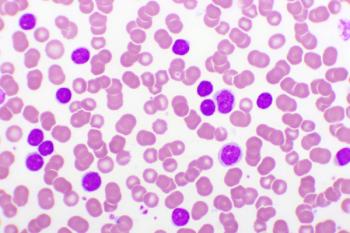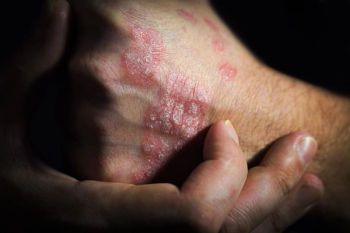
Value of the Mammogram Questioned
The value of the mammogram is being questioned after 1 study found that the mortality rates resulting from breast cancer were the same in women who got screened and those who did not.
The value of the mammogram is being questioned after 1 study found that the mortality rates resulting from breast cancer were the same in women who got screened and those who did not. The study, which assessed 90,000 women over 25 years, also discovered that 1 in 5 cancers found with a mammogram and later treated were not actually a threat to a woman’s health and did not require treatment.
“Early detection could be of greater benefit in communities where most cancers that present clinically are larger and a higher proportion are node positive. However, in technically advanced countries, our results support the views of some commentators that the rationale for screening by mammography should be urgently reassessed by policy makers,” the authors say in the
This study provides one of the most in-depth looks at mammograms in recent years. The authors found there was no advantage to finding breast cancer tumors that were too small to feel. It raises questions for advocates who encourage regular mammography tests, because the study suggests there is little evidence to support necessitating mammograms for women at any age.
How close were the findings? Of the women who did receive mammograms and a breast exam, 3250 women were diagnosed with breast cancer. Comparatively, 3133 women who received a breast exam alone were diagnosed with breast cancer. Additionally, 500 women who received regular mammograms died whereas 505 women who received a breast exam alone died.
An
The findings echo a similar study which found that even though annual prostate cancer screenings lead to more diagnoses, they didn’t save more lives.
Around the Web
Vast Study Casts Doubts on Value of Mammograms
Too Much Mammography
Newsletter
Stay ahead of policy, cost, and value—subscribe to AJMC for expert insights at the intersection of clinical care and health economics.









































